
If the weather outside is frightful, a little preparation can make it delightful
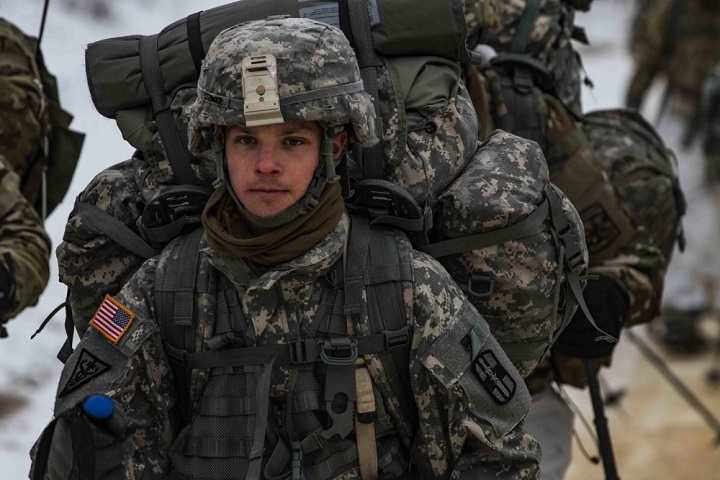
Army 2nd Lt. David Stringer, 452nd Combat Support Hospital, leads his group through snowy terrain during winter warfare training at Fort McCoy, Wisconsin. (U.S. Army photo by Staff Sgt. Felix R. Fimbres)
When it comes to weathering cold temperatures, preparation is key. The biggest risk factors and those most commonly associated with winter weather exposure are hypothermia and frostbite. Both are significant risks for both service personnel on the job and civilians enjoying winter sports at this time of year.
Frostbite occurs when a part of the body – usually an extremity such as fingers and toes– freezes. In the most severe cases, frostbitten tissue may require amputation. The incidence of frostbite is four times that of hypothermia, according to Army Maj. David DeGroot, deputy chief of the Department of Clinical Investigation at Tripler Army Medical Center.
Hypothermia occurs when body temperature drops due to excessive heat loss, inadequate heat production, or a combination of both. This can happen due to sweating in cold air, accidental water immersion, or simply being exposed to extreme cold for a prolonged time period. Symptoms of hypothermia include shivering, confusion, memory loss, slurred speech, and exhaustion. Symptoms of frostnip, the first stage of frostbite, include skin redness, pain, or a tingling sensation. Frostbite sets in with numbness, joint and muscle fatigue, and a hardening of the skin, usually starting with the toes and fingers or other extremities.
Service members stationed in cold climates are prone to other winter weather afflictions as well, according to DeGroot. Trench foot, a common ailment of British soldiers during the Falkland Islands War, is caused by prolonged exposure to cold and damp conditions, which can lead to severe tissue damage. Carbon monoxide poisoning is a risk for anyone using space heaters in field tents without proper ventilation. For service members and outdoor enthusiasts alike, snow blindness and sunburn are conditions that can result from the bright sun reflecting off snow. Proper eye protection and sunscreen are a must when engaging in any outdoor winter activities, especially on sunny days.
A DHA review of cold weather injuries ranked frostbite as the most common. Certain demographic groups were at greater risk of such injuries, including females and younger Army recruits. DeGroot noted that these statistics help leaders ensure their field soldiers are well-trained and properly clothed to withstand the many risks associated with cold weather exposure.
“The best precaution is dressing properly, keeping the body warm and dry,” said DeGroot. “Thanks to remarkable progress made in developing protective cold weather clothing and gear, there are very few places on this planet that people can’t survive.” For service members and outdoor adventurers alike, he advises wearing several layers of loose clothing that can be removed easily if needed. “It’s also important to layer clothing correctly, choosing pieces made of wicking fabric to wear closest to your skin that won’t absorb moisture,” he said. For example, cotton should not be used at the bottom layer because it will trap moisture; the cooling effect could lead to hypothermia.
Prolonged exposure to cold temperatures is a greater risk factor for those who spend long periods of time outdoors – not just for the military but hunters and hikers as well. DeGroot cautioned against use of alcohol or tobacco products when venturing outdoors in winter because these substances affect blood flow to the skin and can increase risks of hypothermia or frostbite. Alcohol consumption can also impair judgement regarding how much exposure to cold the body can withstand.
Dehydration is another often overlooked cold weather risk factor, DeGroot stated, particularly for military members on patrol who drink less in order to minimize the need to relieve themselves in subzero temperatures. The result can be dizziness, confusion, or drowziness.
“For the military, outdoor training or activities are never canceled solely due to cold weather because they insure military members are properly outfitted with the clothing and gear they will need,” said DeGroot, who stressed the critical need for immediate medical attention when the warning signs of hypothermia or frostbite are observed.
Taking proper precautions can ensure a successful outdoor experience in cold temperatures, whether at work or play.
Combat medics improve readiness with individual critical task list training
Article
12/31/2018
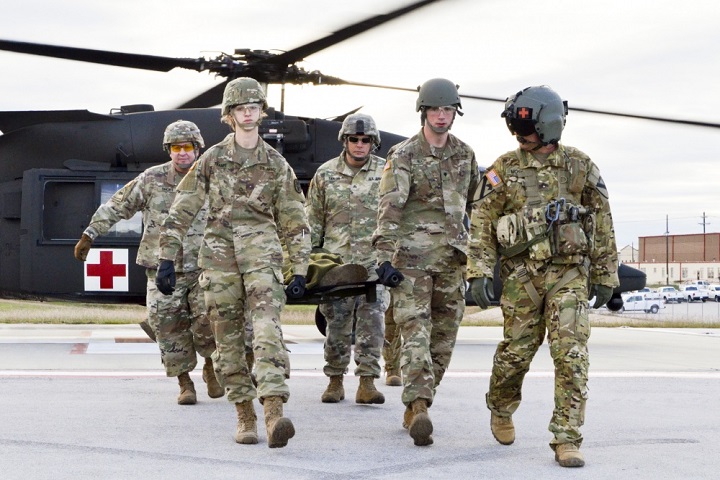
There is no substitution for being pushed around by the rotor wash of a helicopter
Navy corpsman: Carrying the legacy
Article
12/27/2018
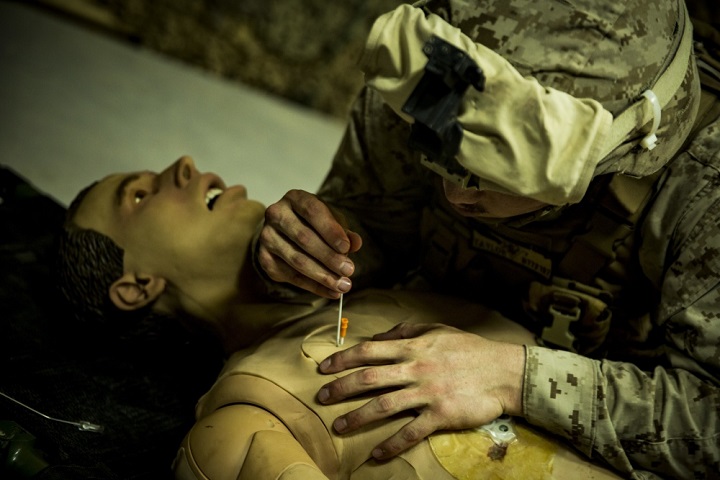
Navy hospital corpsmen attend 14-week “A” school at the Medical Education and Training Campus in Joint Base San Antonio — Fort Sam Houston, Texas
Hospital ship USNS Comfort returns home after completing mission
Article
12/20/2018
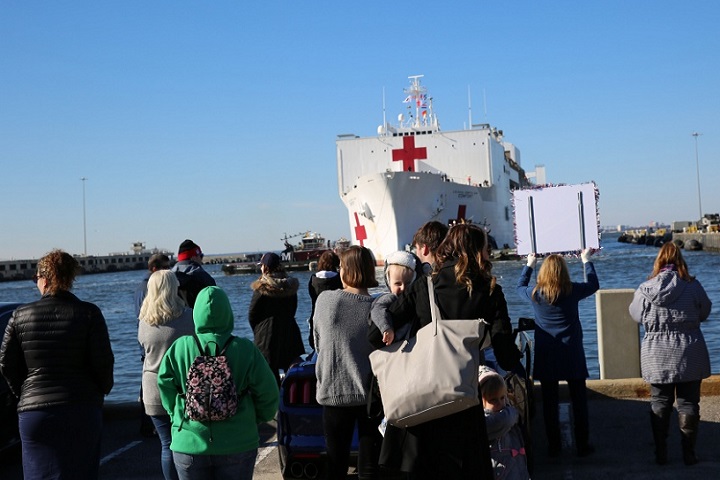
This mission marked the sixth time the hospital ship has provided medical assistance in the region
Super Galaxy: Aeromedical evacuation's biggest ally
Article
12/17/2018
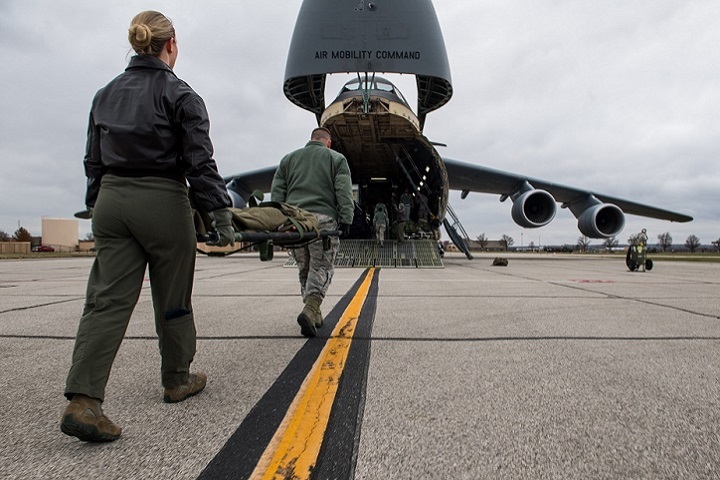
The C-5M upgrades allowed the proof of concept to work, but Airmen’s innovation is what made it happen
Vaccination is the best defense against the flu
Article
12/10/2018
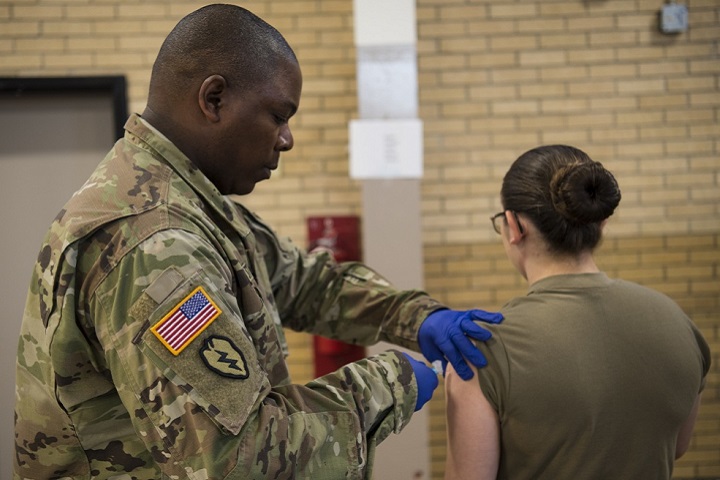
Vaccination is needed every year because the Influenza viruses change
Fleet surgical team saves life aboard USS Somerset
Article
12/6/2018
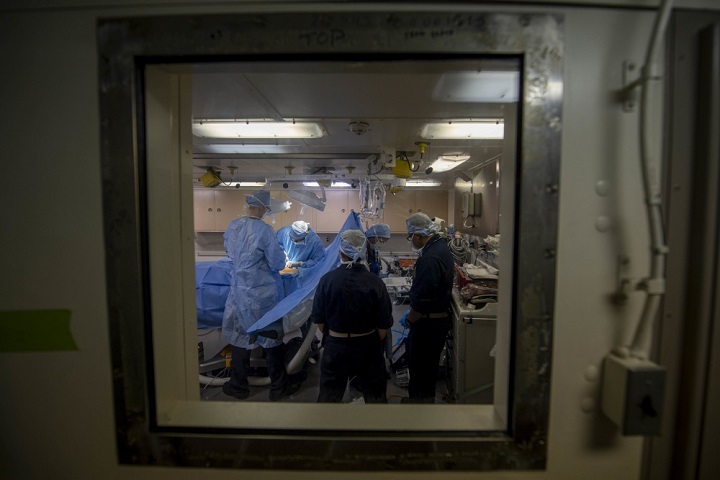
We were able to determine he had acute appendicitis
New training mannequins help Soldiers save lives
Article
11/28/2018
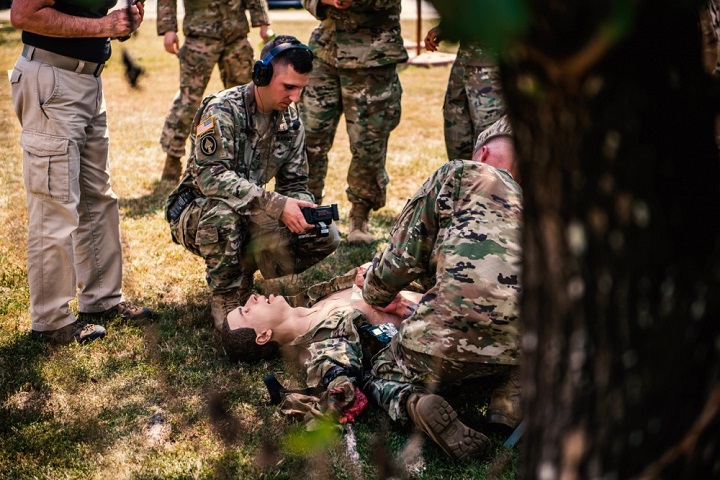
The realism of it creates that white-knuckle sensation and adrenalin for the Soldier
Rabies
Infographic
11/20/2018

Although Germany is rabies-free for terrestrial land mammals, rabies exposure remains a concern for U.S. military personnel assigned there because of personal and military travel and deployments to rabies endemic countries. Deployments have become much more variable both in location and duration. Deployments have increasingly focused on enhancing ...
Cold Weather Injuries
Infographic
11/20/2018

This update summarizes the frequencies, incidence rates, and correlates of risk of cold injuries among members of both active and reserve components of the U.S. Armed Forces during the past 5 years.
Malaria
Infographic
11/20/2018

This report describes a cluster of 11 soldiers with vivax malaria among U.S. military personnel who trained at Dagmar North training area, near the demilitarized zone (DMZ), in the Republic of Korea (ROK) in 2015.
Pararescue medics rehearse for unique mission
Article
11/7/2018
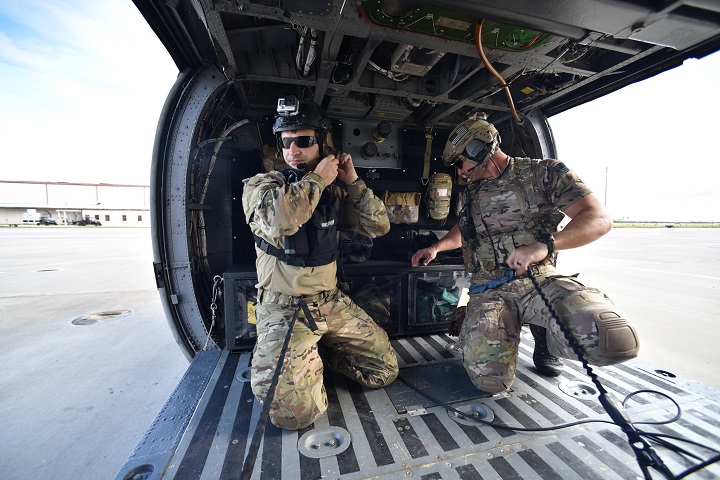
The 920th RQW is ready to support the next era of human space flight
DoD, FDA working together to benefit warfighters
Article
11/2/2018
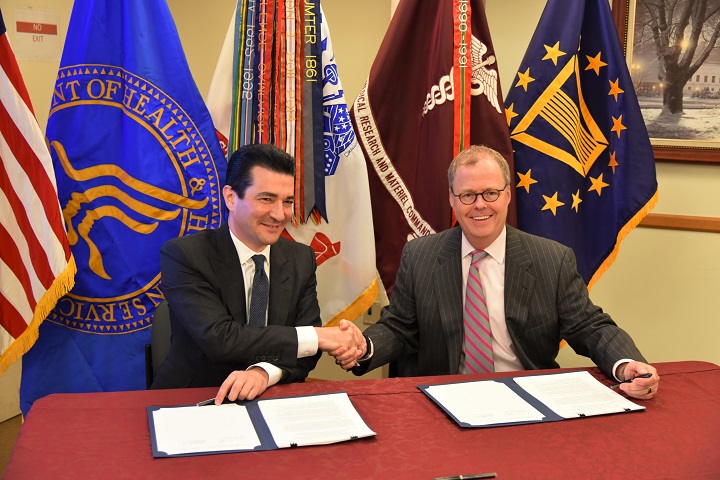
DoD and FDA leaders signed a memorandum of understanding to foster and prioritize the development of critical medical products
DoD Flu VE
Infographic
10/26/2018

Each season, several entities within the(DoD) perform surveillance for influenza among beneficiaries and utilize these data to perform VE analyses to estimate how well the seasonal vaccine protects against medically-attended influenza.
Psychiatric Medical Evaluations
Infographic
10/26/2018

This study evaluated incidence of pre-deployment family problem diagnoses and psychiatric medical evacuations among a population of active component service members without a history of previous mental health diagnoses, who deployed to the U.S. Central Command Area of Responsibility for the first time between 1 January 2002 and 31 December 2014.
Pelvic Inflammatory Disease
Infographic
10/26/2018

The purpose of this study was to update previous MSMR analyses of the incidence of acute Pelvic inflammatory disease (PID) among U.S. active component women using a 21-year surveillance period from 1996 through 2016. A secondary objective was to report on the proportion of service women with previously diagnosed PID who were subsequently diagnosed ...





















.png)









No hay comentarios:
Publicar un comentario